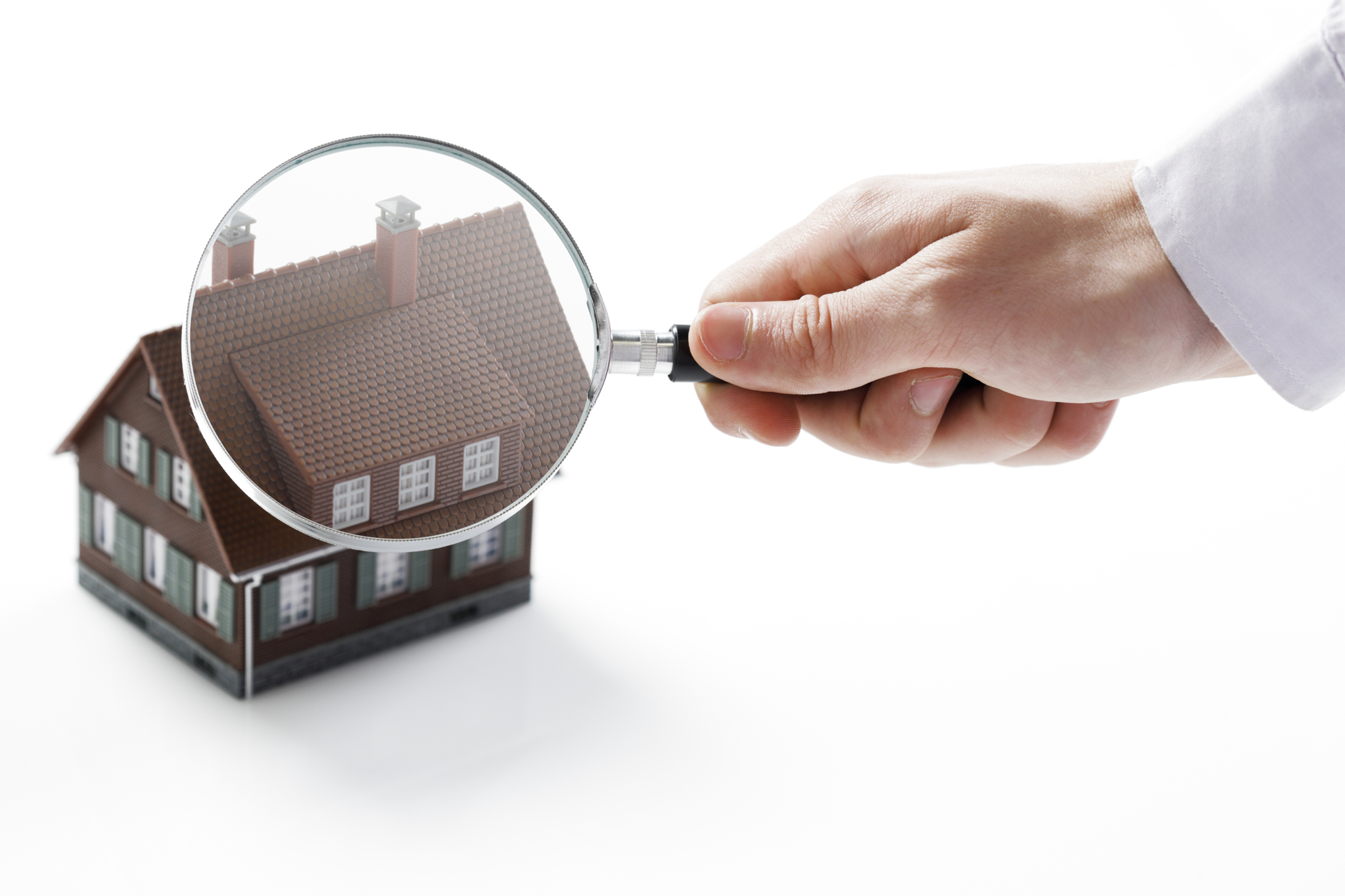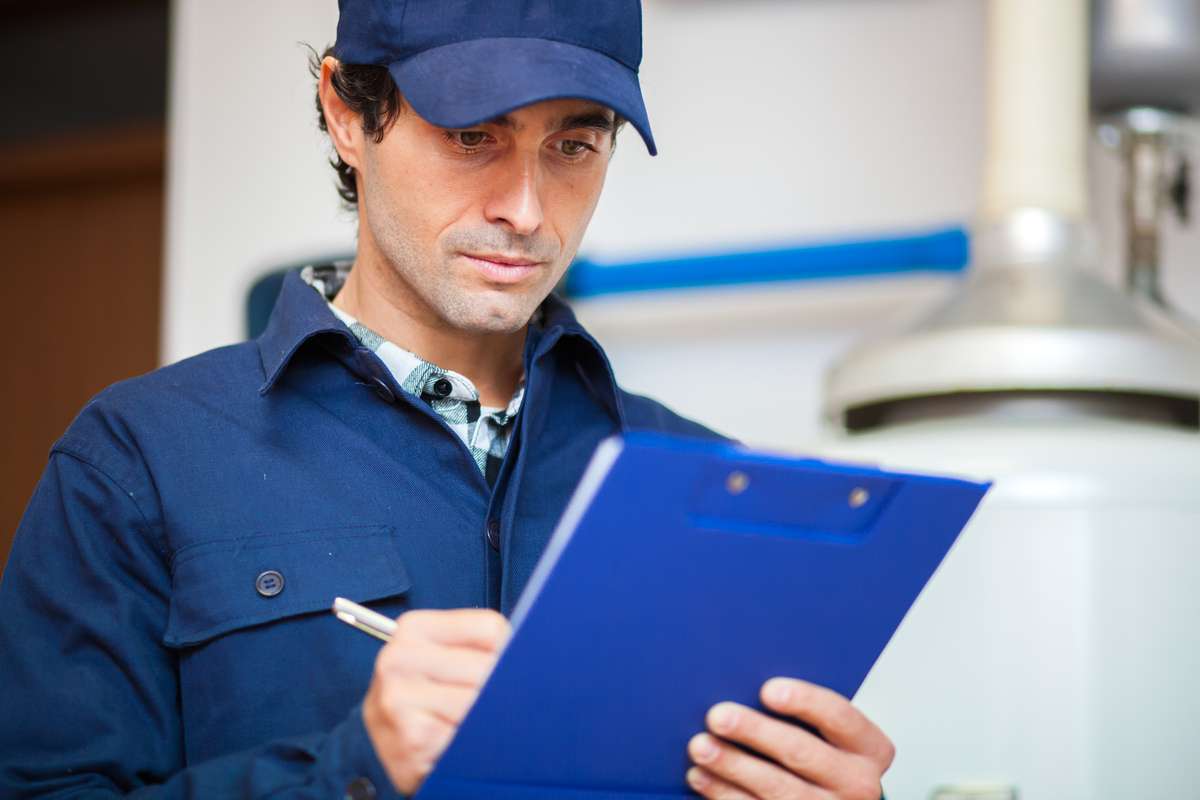In Jacksonville, property owners are responsible for many duties that keep the real estate investments in their care running smoothly. One of these is managing rental property inspections.
Are you keeping up with the critical inspections your rentals need to maximize returns? Today we’ll discuss three types of inspections: move-in, the mid-lease inspection to check on rentals and tenants, and the move-out inspection after a tenant vacates a property. Let’s get started with some tips from Jacksonville property management!
What Is the Move-In Inspection?
Before tenants move in, property owners need to make sure the rental is up-to-code and meets their needs. The move-in inspection also documents the condition of a rental before tenants move in or any potential damage that takes place during the lease term.
This inspection can include checking for things like pests, cleanliness of carpets and furniture, and that all appliances, plumbing, and electrical systems work well. This inspection should take about two hours for small rentals and three hours for large ones, including time spent looking at paperwork and inspecting things in detail—such as carpets and appliances.
Make sure to document the starting condition of rental properties during your inspection. Take pictures before tenants move in so you can compare them to after they’ve lived here months later. Photos will show if someone spills something that doesn’t come out of the carpet entirely or causes damage to walls or other parts of the home.
Do I Really Need a Mid-Lease Inspection?
A mid-lease property inspection is an excellent idea for landlords who want to make sure their properties are in tip-top shape. It’s also an ideal way of helping tenants catch any major problems before they get out of hand, like water damage or pest infestation. The mid-lease inspection gives rental owners an opportunity to inspect things such as carpets and appliances and make sure residents follow the rules to care for your rental.
Mid-lease inspections should start about three months after a resident moves in, then continue once every six months while the same tenant lives in your rental.
What Should I Look For?
A complete walkthrough takes your eye over every inch from top to bottom, looking for signs that need attention: anything that could be broken, worn down, dirty, or damaged needs attention now before it gets worse!
- Toilets: Make sure there’s no water around the floor, leaks in the tank or bowl, a dirty seat, or rust stains underneath it.
- Pipes: Check under sinks and toilets for any signs of leaking pipes or repairs needed from damages caused by clogs. Checking on your plumbing will help detect significant problems before they get out of hand!
- Appliances: Turn them on and off when inspecting. Make sure hot water comes through at all faucets with ease. Look inside cabinets and drawers for food deposits or signs of mice. Don’t forget to check appliances such as dishwashers too!
The best lease policies and mid-lease inspections are those that force Jacksonville Fl tenants to know what they’re responsible for and allow you to check their work. If you find things that need repair, schedule maintenance contractors right away. When you discover that tenants aren’t upholding their responsibilities as documented in the lease, address those issues with them as soon as possible.
What’s Involved With the Move-Out Inspection?
When tenants move out, it’s time for one more rental property inspection. This property review allows you to compare the current condition of the rental to how it looked before residents move in. Landlords must understand the difference between tenant-caused damage versus normal wear-and-tear when handling the move-out inspection and processing the security deposit.
During this inspection:
- Check that all appliances are clean and in the same condition as when first moved in.
- Request receipts for missing items to be reimbursed by the tenant.
- Note any damages or repairs needed on a checklist so that you can address them with tenants.
- Make sure tenants have cleaned up after themselves. This includes removing foreign objects from carpets such as stones, toys, or food wrappers.
While some wear-and-tear is expected, your tenants should leave your rental in excellent condition when they move out.
What is Wear-and-Tear?
Wear and tear is a natural process that takes place over time. With everyday use, aspects of a rental will start to deteriorate, such as carpets, furniture, countertops.
Landlords in Jacksonville Fl should not charge tenants for wear and tear due to normal everyday usage of the property. However, if they caused any damages (outside of anything that should be considered “wear-and-tear”) during their tenancy, you can charge them or apply the security deposit for those items only.
A Jacksonville Fl Property Manager Handles All Inspections
Keeping up with these necessary inspections can become overwhelming for property owners, especially when operating multiple rentals in the area. If you need help managing your Jacksonville rental property needs or want more information on what types of inspections are necessary, Spectrum Realty is here to help! An expert Jacksonville property management company handles inspections, repairs, and lease enforcement with renters.
Learn more about getting rentals ready to rent! Download our free Make-Ready Checklist.


